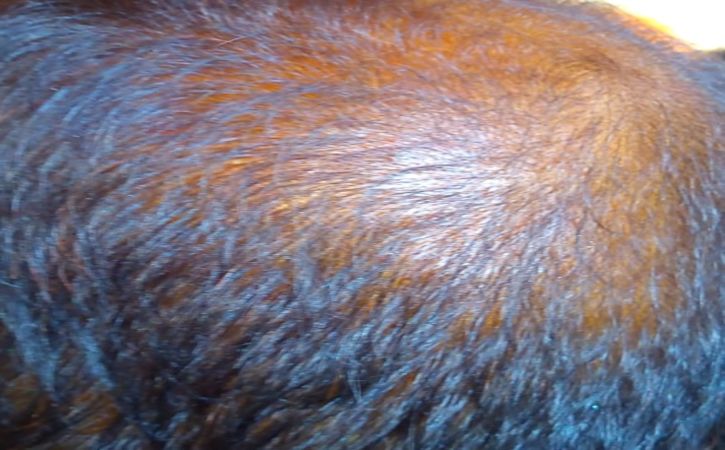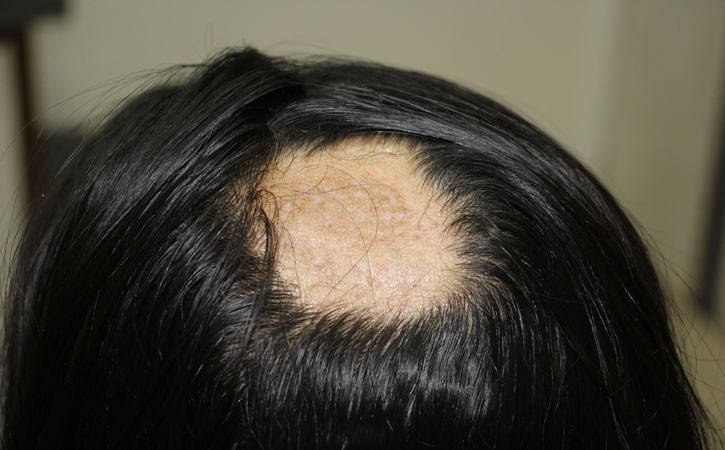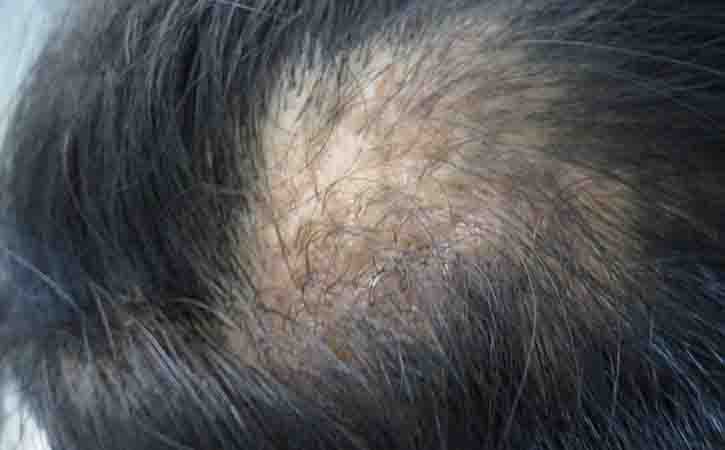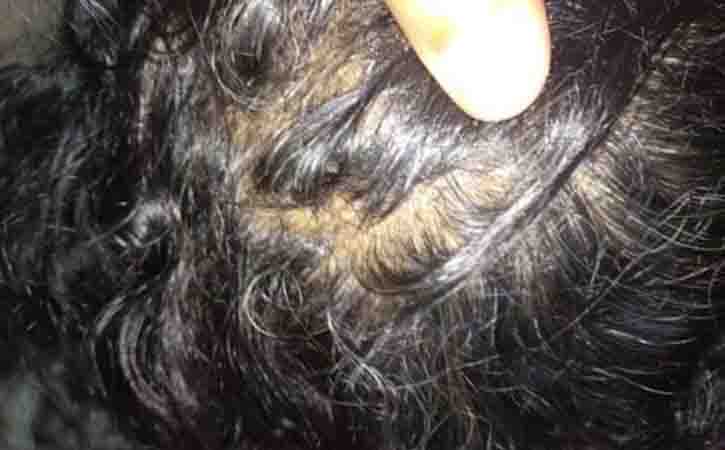Overview
Hair is an important part of our body – it not only keeps our head warm, but also plays a very important role in our appearance and our identity. Hair disorders are common and can cause some amount of hair loss or even complete baldness.
Hair loss is a common concern in both men and women, which can be exacerbated by the stressful lifestyle of today’s society. Though it is common to lose anywhere between 50 to 100 strands in a day, an average person has around 100,000 hair follicles, so it does not make a big difference. Between starting to grow and falling out years later, each hair passes 3 stages of Hair Growth: Anagen, Catagen and Telogen.
Anagen (Growing Phase)
The growing phase lasts 2-7 years and determines the length of our hair.
Catagen (Transition Phase)
This is the transitional stage that lasts about 10 days. The hair follicle shrinks and detaches from the dermal papilla.
Telogen (Resting Phase)
This is the resting phase which lasts around three months. Around 10-15 percent of hairs are in this phase.
Tibot tracks the following common Hair disorders:
Pattern Alopecia

Pattern hair loss, known as male-pattern hair loss (MPHL) when it affects males and female-pattern hair loss (FPHL) when it affects females, is hair loss that primarily affects the top and front of the scalp. In males the hair loss often presents as a receding hairline while in females it typically presents as a thinning of the hair. Male pattern hair loss is believed to be due to a combination of genetics and the male hormone dihydrotestosterone. The cause in female pattern hair loss remains unclear. Management may include simply accepting the condition. Otherwise, treatments may include minoxidil, finasteride, or hair transplant surgery. Evidence for finasteride in women, however, is poor and it may result in birth defects if taken during pregnancy. Pattern hair loss by the age of 50 affects about half of males and a quarter of females. It is the most common cause of hair loss.
Alopecia Areata

Alopecia areata is a common (1-2% of the population) form of hair loss. There may be small patches of hair loss or the whole scalp may be affected. Resolution occurs in a few months or the condition may persist for years. There may be slight inflammation of the skin in the affected areas—in keeping with the possibility of an underlying immune reaction against the hair follicles. There is also an association with autoimmue disease and atopy.
Scarring Alopecias

Hair follicles can be damaged in many ways. Scarring alopecias (also called cicatricial alopecias) are a group of hair loss conditions whereby the body forms small scars around the hair follicles. These include conditions such as lichen planopilaris, frontal fibrosing alopecia, folliculitis decalvans, central centrifugal alopecia.
Each specific diagnosis within this category is fairly rare, but some examples include dissecting cellulitis, eosinophilic pustular folliculitis, follicular degeneration syndrome (previously called “hot comb” alopecia), folliculitis decalvans, lichen planopilaris, and pseudopelade of Brocq, to name a few. Scarring alopecia may also be part of a much larger condition such as chronic lupus erythematosus, where many organs of the body can be affected.
Anagen Effluvium
Anagen effluvium is a diffuse non-scarring alopecia (baldness). Anagen effluvium usually results from hair shaft fracture. According to hair growth cycle, human hairs can be classified into three phases: anagen, catagen, and telogen. Anagen phase is a growing phase. These hairs have long, indented roots covered with intact inner and outer root sheaths, and they are fully pigmented.
Traction Alopecia
Traction alopecia is hair loss caused by the hair being pulled in the same way for a long time.
Traction alopecia happen when hair pulled back tightly (prolong tension), whether in braids, dreadlocks, or a ponytail especially if you use chemicals or heat on your hair. It can also occur when tight headwear is used in the same way every day. No scale or exclamation mark hairs.
Repeated strain on the hair follicles can pull out strands of hair and even damage the follicles. This causes redness, itching, and even pus-producing ulcers or infections. If don’t intervene soon, the hair loss may be permanent.
Telogen Effluvium

Hair regrows automatically so that the total number of hairs on our head remains constant. Telogen effluvium occurs when there is a marked increase in hairs shed each day. An increased proportion of hairs shift from the growing phase (anagen) to the shedding phase (telogen). Normally only 10% of the scalp hair is in the telogen phase, but in telogen effluvium this increases to 30% or more.
This usually happens suddenly and can occur approximately 3-5 months after a trigger. Telogen effluvium occurs if all the hairs enter into the resting phase together, most commonly after childbirth or severe illness. Stress of any type, such as an acute illness or an operation, causes a similar type of hair loss.




